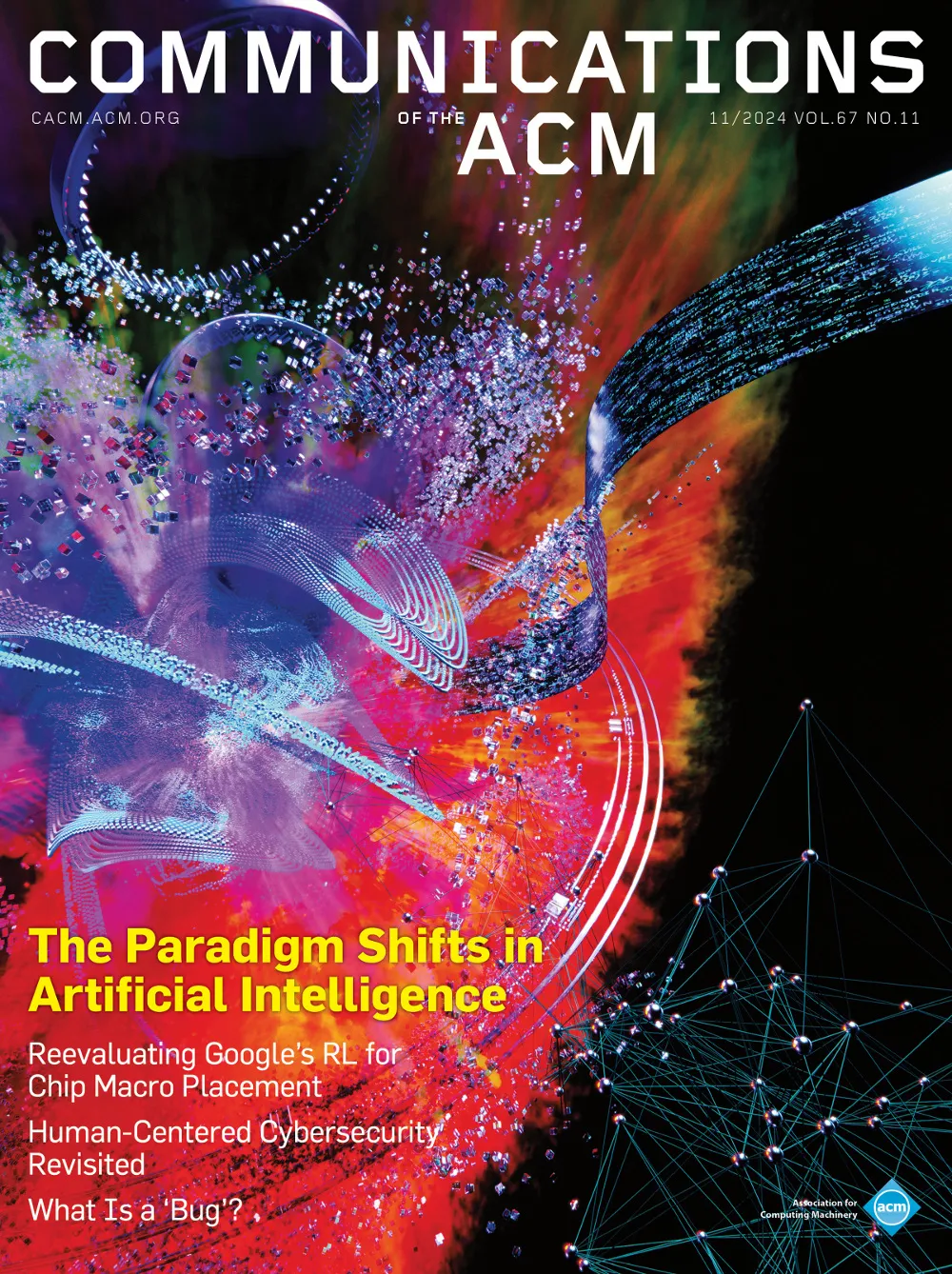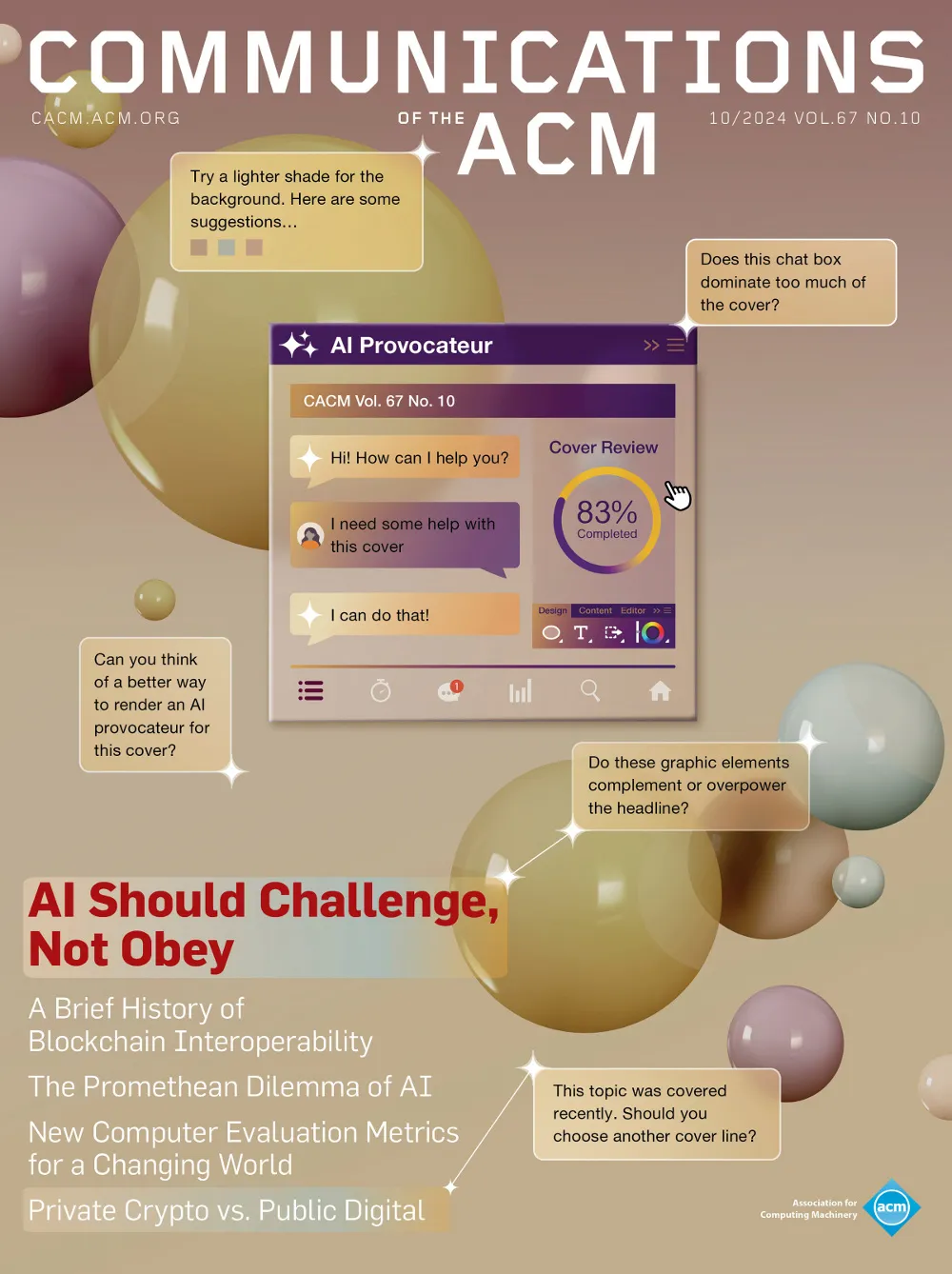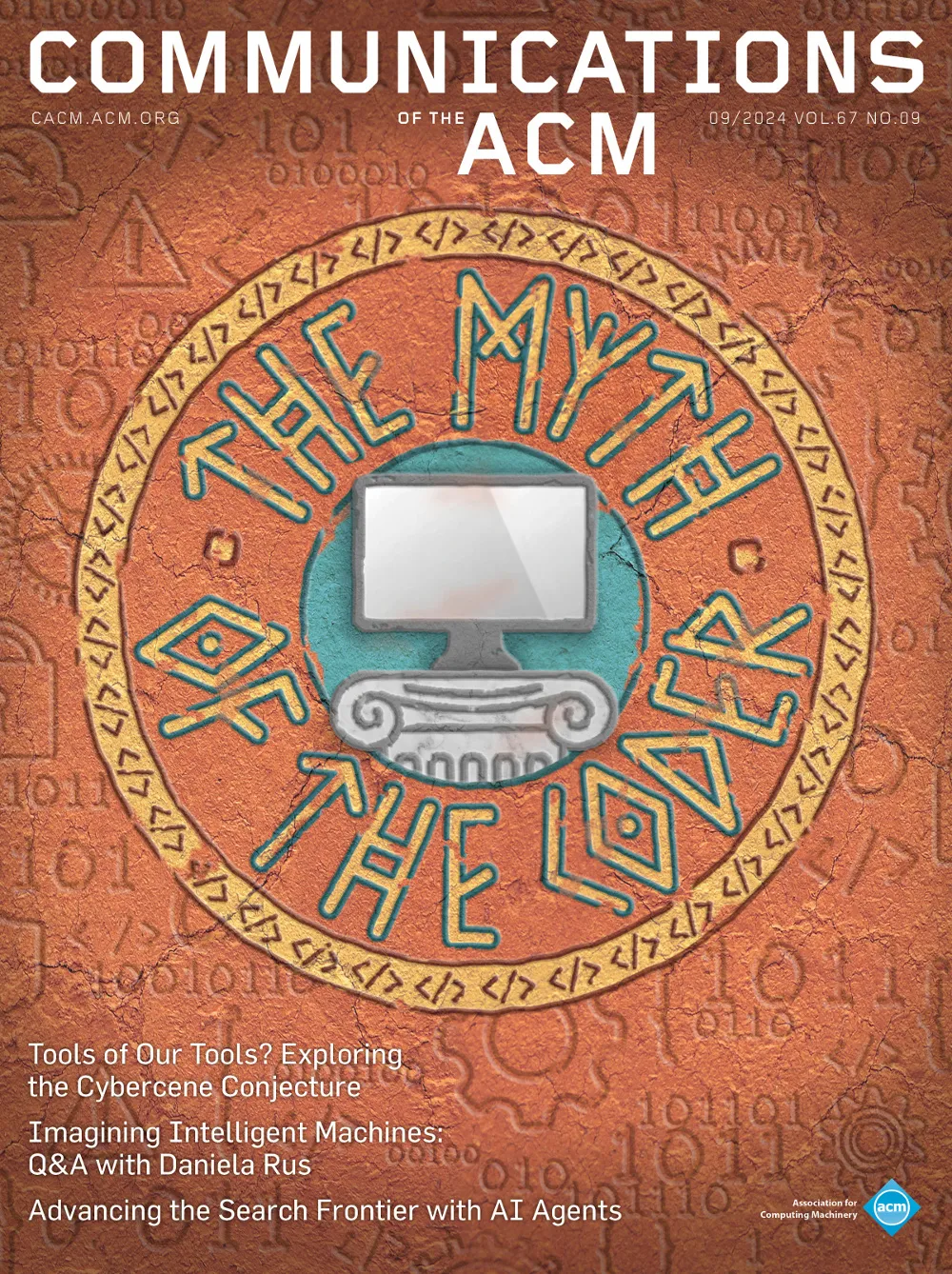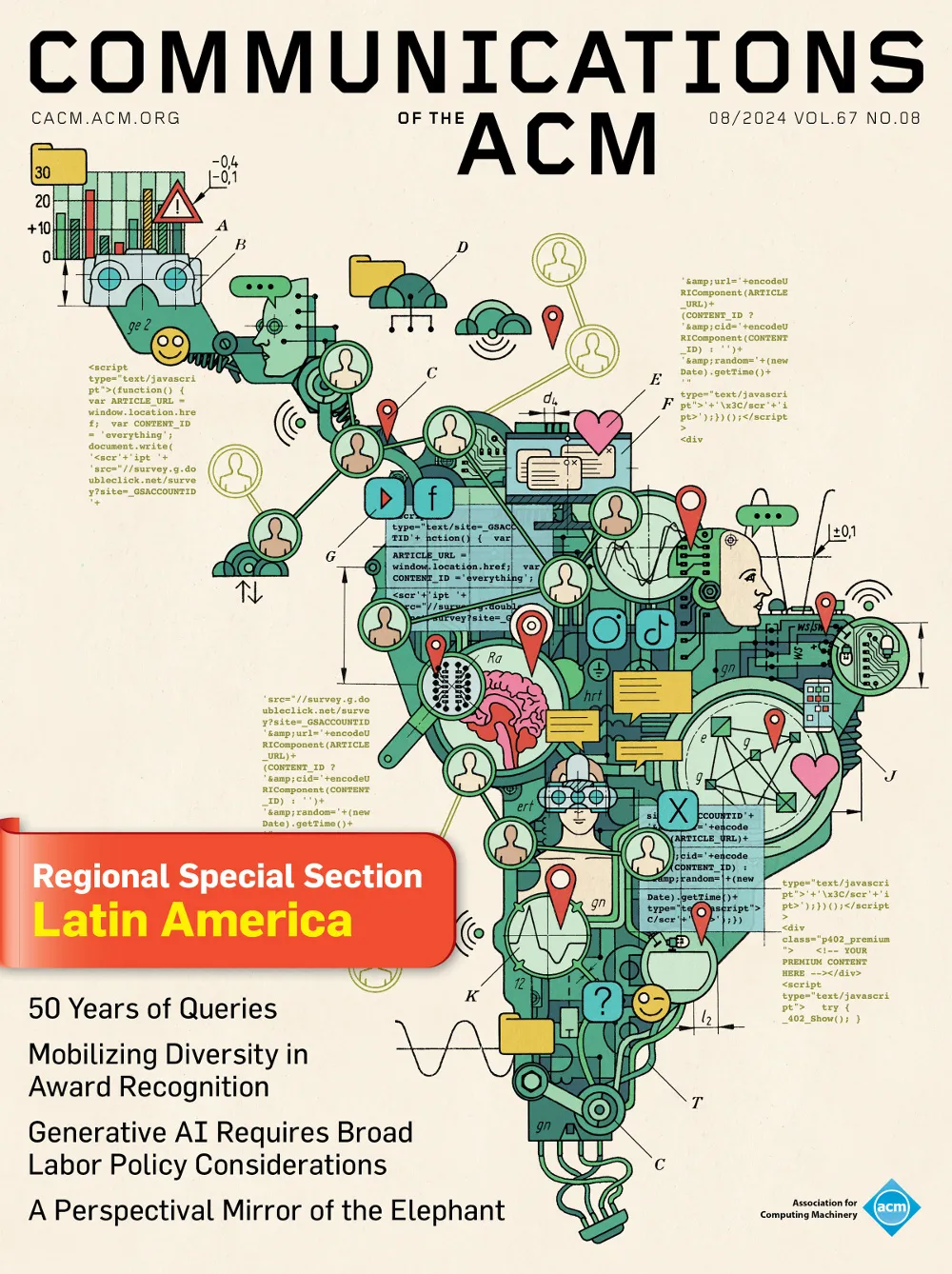July 1981 - Vol. 24 No. 7

Features
Operating system support for database management
Several operating system services are examined with a view toward their applicability to support of database management functions. These services include buffer pool management; the file system; scheduling, process management, and interprocess communication; and consistency control.
Representing super-sparse matrices with perturbed values
This paper describes a form of purposeful data perturbation in a linear programming model which pertains to uncertainties in the magnitudes of the matrix coefficients. A problem in value pool construction is described first, then a resolution based on a new concept, “covering lattices.” Computer representations of real values, limited by finite precision, is an example of a covering lattice. After presenting the strategy and tactical variations, the effects of resident distortion are analyzed. Several theorems are presented that measure bias under a variety of assumptions. An appendix is included that contains mathematical proofs.
Polynomial manipulation with APL
A simple but effective method for the manipulation of polynomials of several variables in APL is presented. The method is especially advantageous in situations where more sophisticated symbolic computing systems such as SAC-1 and MACSYMA are not available. The method is shown to successfully solve a problem not readily resolved by other means.
On the security of multiple encryption
Double encryption has been suggested to strengthen the Federal Data Encryption Standard (DES). A recent proposal suggests that using two 56-bit keys but enciphering 3 times (encrypt with a first key, decrypt with a second key, then encrypt with the first key again) increases security over simple double encryption. This paper shows that although either technique significantly improves security over single encryption, the new technique does not significantly increase security over simple double encryption. Cryptanalysis of the 112-bit key requires about 256 operations and words of memory, using a chosen plaintext attack. While DES is used as an example, the technique is applicable to any similar cipher.



